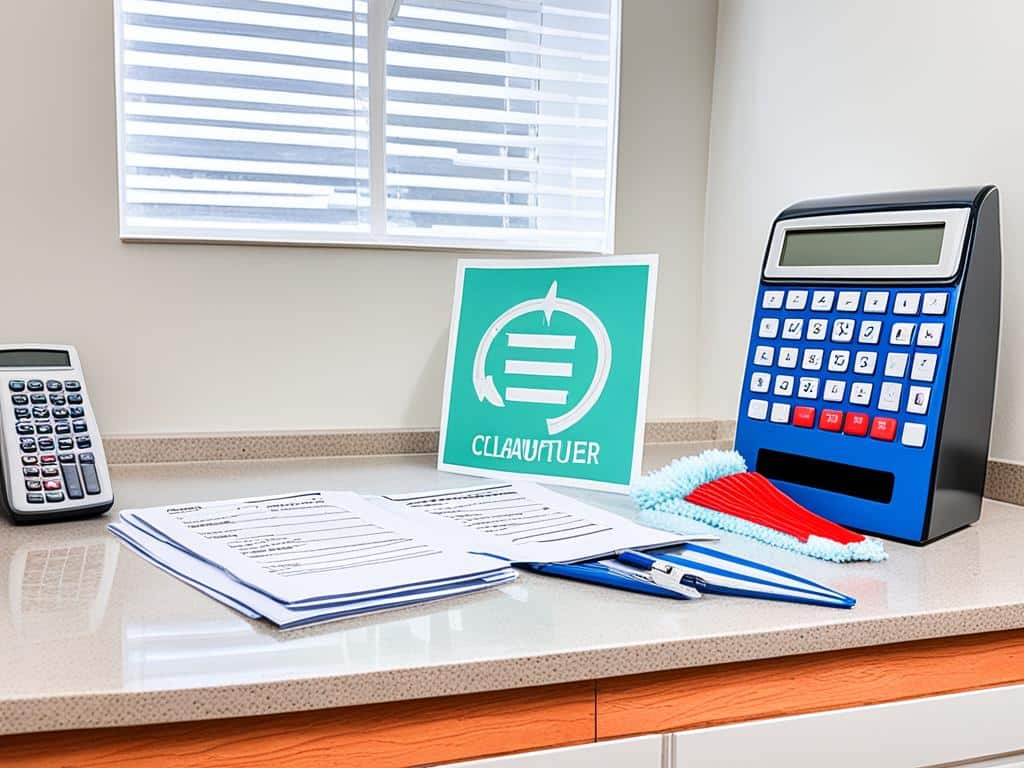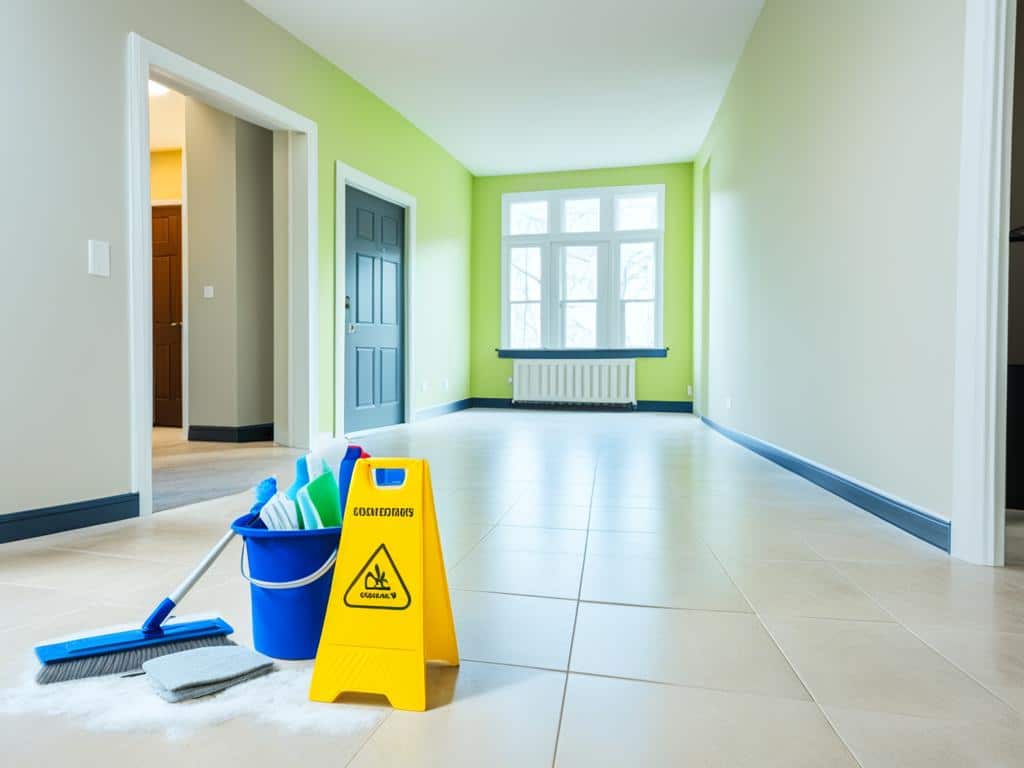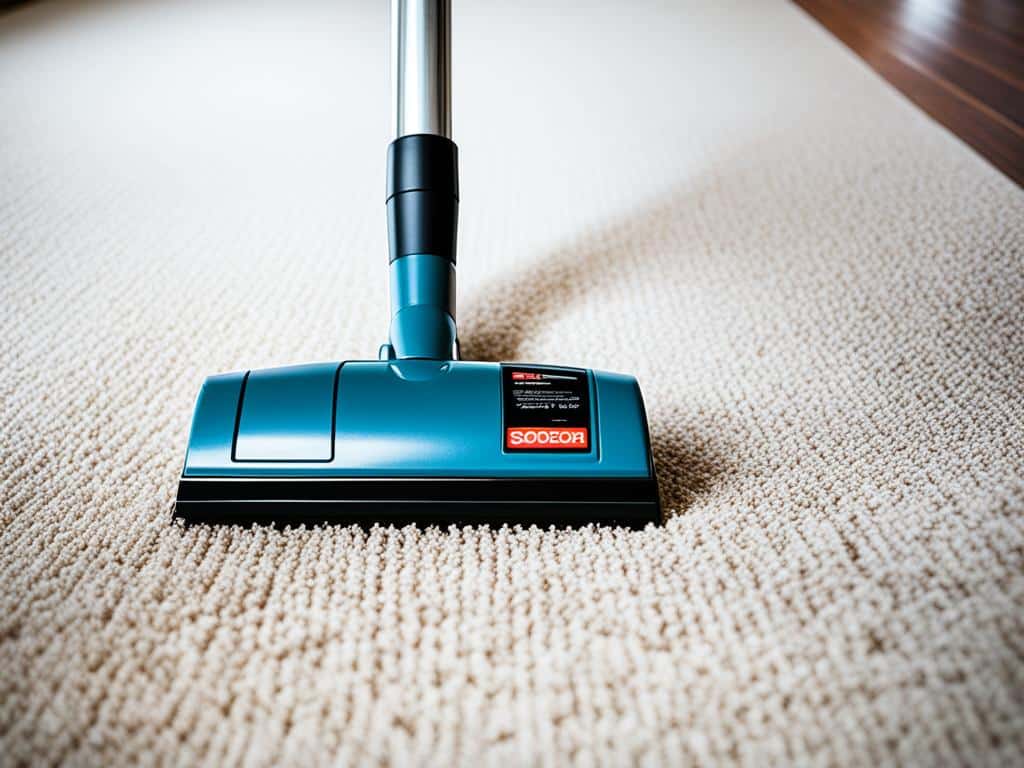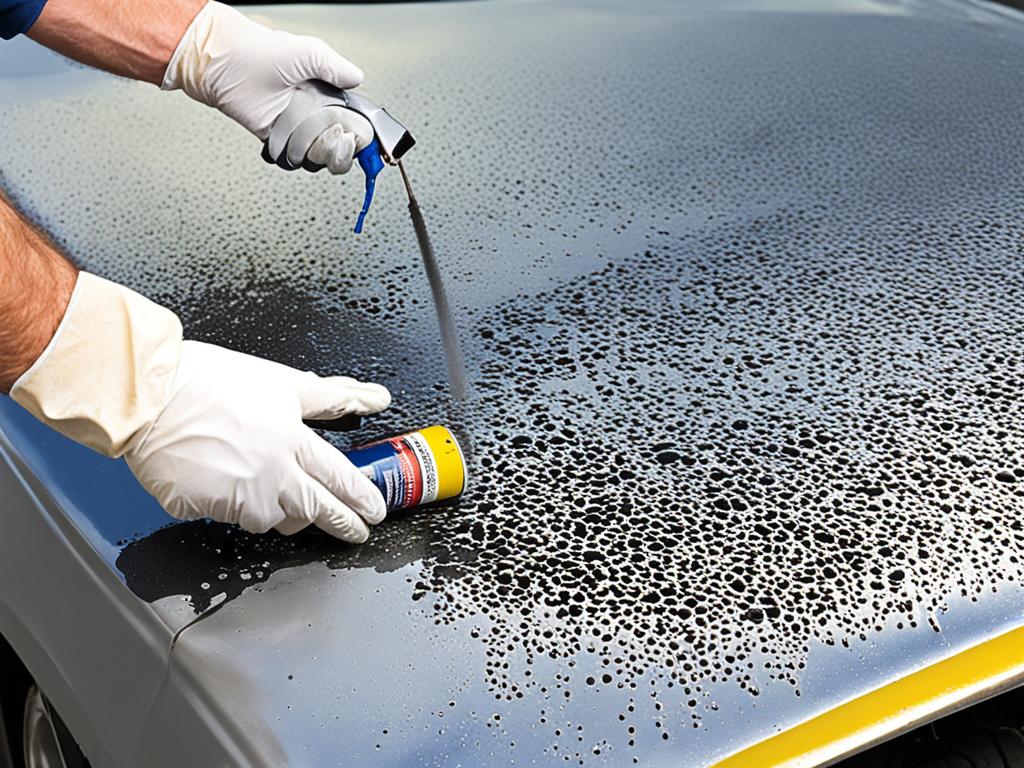
Have you ever wondered if that trusty brake cleaner in your garage could double as a paint stripper? It might sound surprising, but many swear by its usefulness in removing paint. Let’s dive in and examine how effective brake cleaner really is at stripping paint from various surfaces.
Brake cleaner effectiveness largely hinges on its chemical makeup. It’s crucial to understand which types of paint it can dissolve. Whether you’re tackling an auto detailing project or prepping a surface, the right knowledge is key.
We’ll explore practical uses for paint removal and discuss the best ways to apply brake cleaner. Plus, we’ll highlight some important alternatives you might want to consider.
Curious about if brake cleaner is up to the task? Stick around to uncover the answers and ensure you’re prepped for your next project!
Understanding Brake Cleaner
Brake cleaner is a staple in automotive maintenance, specifically designed to clean brake components. Its effectiveness lies in its unique brake cleaner composition, which includes various chemicals that target grease and residue.
There are two primary types of brake cleaners: those with chlorinated solvents and those without. Chlorinated solvents are powerful degreasing agents, offering superior cleaning power but posing more environmental and health risks. In contrast, non-chlorinated brake cleaner options are considered safer and more environmentally friendly, though they may require more effort to achieve the same results.
Understanding solvent properties is crucial when choosing a brake cleaner. These properties determine how well the cleaner will dissolve and remove contaminants. For instance, solvent properties like volatility and evaporation rate impact how quickly a degreaser can clean and dry surfaces. Automotive maintenance manuals often highlight these aspects to guide users in selecting the appropriate product.
Brake cleaners work by breaking down the grease, oil, and other debris that accumulate on brake parts. This ensures that brakes function correctly and safely. As powerful degreasing agents, they pull contaminants away from the surface, allowing for a clean, residue-free finish. Interviews with automotive technicians confirm that using the right brake cleaner can significantly extend the life of brake components.
How Brake Cleaner Interacts with Paint
Brake cleaner can have a remarkable effect on different types of paint. Understanding how it interacts with enamel paint, acrylic paint, and urethane paint coatings is key to using it effectively.
Types of Paints Affected
Enamel paint tends to be quite durable. However, brake cleaner can cause a potent paint reaction, leading to quicker breakdown than expected. Acrylic paint shows a similar vulnerability, reacting swiftly to the solvent properties of brake cleaner. When it comes to urethane paint coatings, the exposure can lead to significant degradation, making spray paint removal an unintended yet conceivable consequence.
Potential Risks to Surfaces
Using brake cleaner on surfaces it wasn’t designed for can lead to chemical damage. Paint discoloration is a common risk, as the reactive nature of the cleaner can alter the paint’s hue. Surface compatibility is another critical factor. Ensuring that the brake cleaner doesn’t negatively impact material safety is crucial for effective car paint care. Misapplication can compromise surface integrity, causing long-term issues.
To minimize risks, always test a small section first. This method can save you from extensive damage and help maintain the pristine condition of your car’s paint. Be informed and exercise caution for the best results.
Does Brake Cleaner Remove Paint
Brake cleaner is a versatile tool in both auto detailing and various DIY projects. Whether you plan to use it intentionally for paint removal or find yourself dealing with accidental exposure to painted surfaces, understanding its proper application is crucial.
Alternative Uses and Precautions
Brake cleaner is often known for its effectiveness beyond just cleaning brake components. When leveraged correctly, it can remove paint from surfaces due to its potent chemical composition. However, this cleaning versatility also demands strict adherence to safety precautions. Using brake cleaner incorrectly can lead to unintended damage or personal harm.
It’s essential to recognize material compatibility when using brake cleaner, especially on surfaces with paint you intend to keep intact. Always test a small, inconspicuous area first. When aiming for paint removal, follow the instructions for proper application closely to achieve the desired results without damaging the substrate.
Alternatives to Brake Cleaner for Removing Paint
When you need to strip paint, exploring safer and more effective options is essential. While brake cleaner can work, commercial paint removers provide specialized benefits.
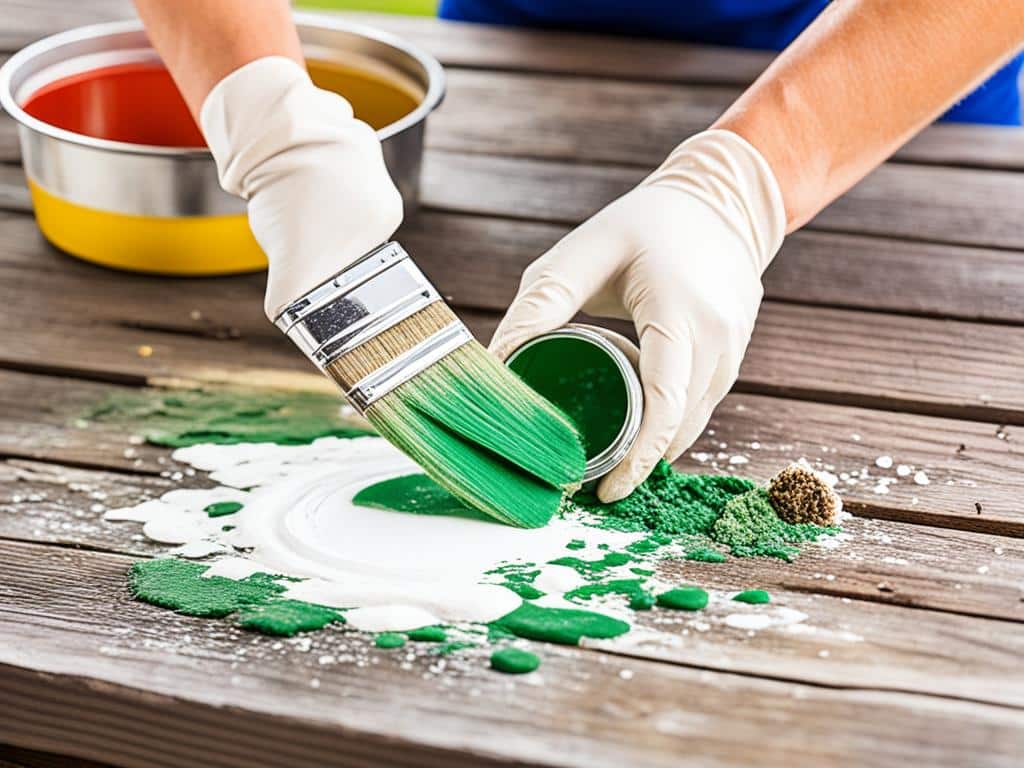
Using Commercial Paint Removers
Commercial paint strippers are specifically formulated for paint removal. These safe paint stripping options are designed to be effective yet gentle on the surfaces you’re working with.
When considering commercial paint strippers, you’ll find that many are eco-friendly. Eco-friendly paint removal products minimize environmental impact while ensuring a thorough job.
Automotive paint solvents can be a great alternative. They offer precision and might be less harsh than brake cleaners. Always follow the usage guidelines for the best results and safety.
Conclusion
By now, you should have a comprehensive understanding of using brake cleaner for effective paint removal. Brake cleaner can indeed strip away paint, but its effectiveness depends on various factors, including the type of paint and the surface material. Understanding the chemical composition of brake cleaners, particularly the distinction between chlorinated and non-chlorinated formulations, is vital for safe and effective use.
When choosing the right cleaner, consider the specific application and potential alternatives. Commercial paint removers often offer safer, more environmentally-friendly options for paint stripping. Whether you’re working on auto detailing or a DIY project, always prioritize safety in paint removal by adhering to proper application techniques and safety precautions.
Ultimately, selecting the best solvent for your paint removal needs requires careful consideration of the information presented. Equip yourself with the knowledge and tools to make informed decisions about vehicle surface care, ensuring both effectiveness and safety. Refer back to the various sources and guidelines discussed to support your choices, keeping your vehicle or project in pristine condition.

